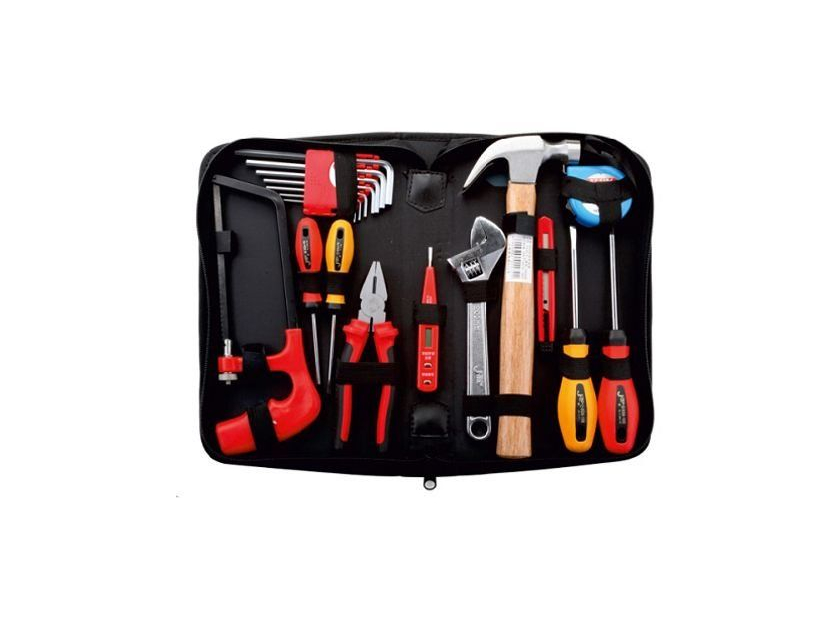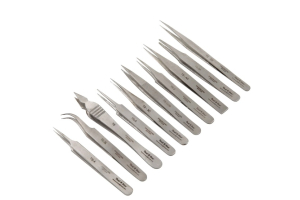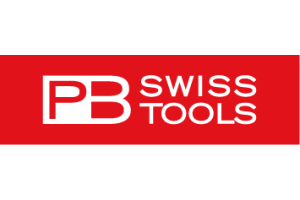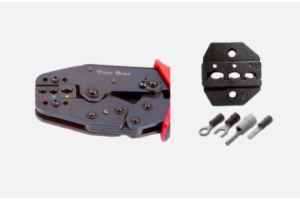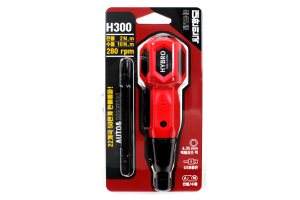Best Practices while using Power Tools
Power tools have revolutionised the way we approach tasks and projects, both at home and in the workplace. Whether you are a seasoned professional or a DIY enthusiast, understanding the best practices for using Power Tools is essential for safety and efficiency.
In this comprehensive guide, we will explore the use of various power tools, including drills, chainsaws, electric screwdrivers, drill bits, and hole saw cutters, and provide you with valuable insights to ensure that you get the most out of these versatile tools while staying safe.
Choose the Right Tool for the Job
One of the most important best practices when using power tools is to select the right tool for the task at hand. For example, when you need to make holes in wood or metal, a drill is your go-to tool, and there are various types available to choose from. On the other hand, when it comes to cutting through logs or branches, a chainsaw is the appropriate choice. Electric Screwdrivers are perfect for driving screws, while drill bits are essential for drilling holes of various sizes. Lastly, hole saw cutters are designed to create large holes in materials like wood, drywall, or metal.
Read the User Manual
Before you use any power tool, it is crucial to read the user manual thoroughly. The manual provides essential information about the tool's specifications, safety guidelines, and maintenance instructions. Following the manufacturer's recommendations will not only ensure your safety but also extend the lifespan of your power tools.
Inspect Your Tools Regularly
Regular inspection of your power tools is a best practice that cannot be overstated. Check for signs of wear and tear, loose components, and any visible damage. Make sure all safety features, such as blade guards or safety switches, are in working order. In the case of chainsaws, ensure the chain is properly tensioned, and the blade is sharp. Proper maintenance will not only prevent accidents but also ensure optimal performance.
Use Personal Protective Equipment (PPE)
Safety should always be a priority when using power tools. Depending on the tool and the task, you may need to wear various items of personal protective equipment (PPE). For example, when using a chainsaw, it is imperative to wear safety goggles, a helmet with a face shield, hearing protection, gloves, and chainsaw chaps. For other power tools, such as drills and electric screwdrivers, safety goggles, ear protection, and work gloves may be sufficient. Always follow the manufacturer's recommendations for the specific power tool and task.
Maintain a Secure Work Environment
A secure work environment is essential when using power tools, whether at home or in a professional setting. Ensure your workspace is well-lit and well-ventilated. Keep the area clutter-free to avoid tripping hazards and distractions. If possible, work on a stable workbench or platform that is appropriate for the task. For outdoor projects, be mindful of the terrain and potential hazards, such as uneven ground or overhead branches.
Learn Proper Techniques
Knowing how to use power tools correctly is crucial for safety and efficiency. Take the time to learn and practice the correct techniques for each tool you use. When using a drill , for instance, make sure you hold it firmly and perpendicular to the surface. When using a chainsaw, learn the proper cutting techniques and body positioning. Proper technique not only ensures your safety but also results in better outcomes for your projects.
Wear Appropriate Clothing
Wearing the right clothing can prevent accidents and injuries when using power tools. Avoid wearing loose-fitting clothing or anything that could get caught in the tool's moving parts. Additionally, avoid wearing jewelry or accessories that could pose a hazard. Choose clothing that is comfortable, fits well, and offers appropriate protection, such as long sleeves and pants.
Inspect and Maintain Accessories
Accessories, such as drill bits and Holesaw Cutters , are as important as the power tools themselves. Regularly inspect these accessories for signs of wear or damage, and replace them as needed. Dull or damaged accessories not only affect the quality of your work but also pose safety risks.
Keep Your Workspace Clean and Organized
A clean and organized workspace is not only safer but also more efficient. When you're finished with a power tool, clean it and put it away properly. This prevents accidents and keeps your tools in good condition. Additionally, organize your workspace to ensure that tools and materials are within easy reach.
Disconnect Power Sources
When you've finished using a power tool, always disconnect the power source. Unplug electric tools or remove the batteries, and for corded tools, keep the cords away from the tool to prevent accidental starts. This practice reduces the risk of injuries and equipment damage.
Conclusion
By following these best practices, you can enjoy the benefits of power tools while ensuring your safety and the longevity of your equipment. Whether you're using drills, chainsaws, electric screwdrivers, drill bits, or hole saw cutters, remember that a safe and well-maintained workspace is the key to success in your projects, both at home and in a professional setting.
Visit our website for the best of these tools, made with care for safety. It also has toolkits and toolbags for you to safely organise and store these tools.
Click here to shop.

